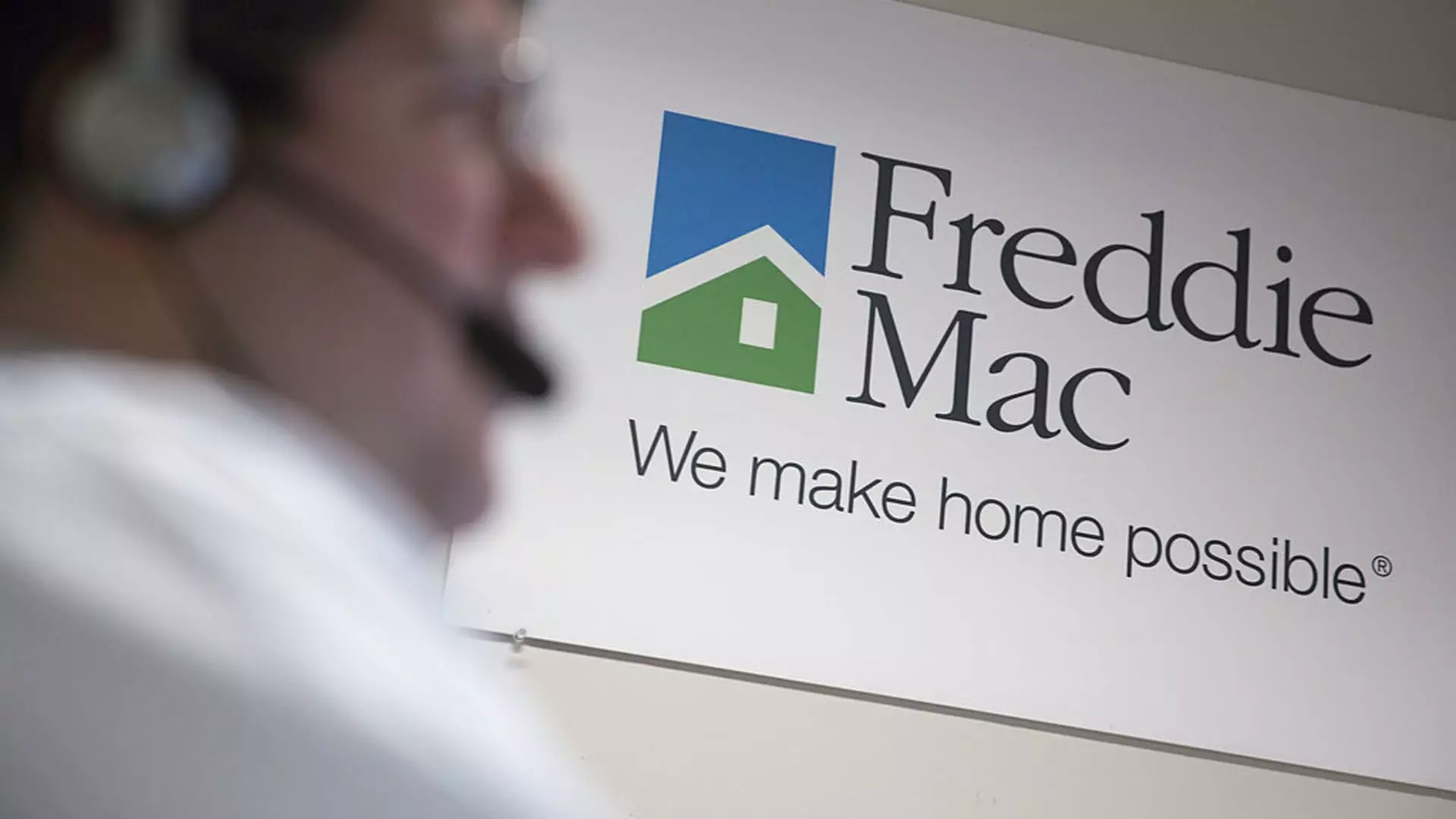Fannie Mae and Freddie Mac stand as two foundational elements of the American mortgage landscape. These government-sponsored enterprises (GSEs) play a crucial role in the financial architecture of the nation, designed to support homeownership and stabilize the housing market. However, their journey has been turbulent, particularly since the onset of the 2008 financial crisis, which necessitated government intervention. Today, as the political climate shifts, there are increasing discussions around the potential for altering their conservatorship status, particularly under the influence of new leadership in Washington, D.C.
In September 2008, as the global financial crisis escalated, Fannie Mae and Freddie Mac were placed into conservatorship, a move aimed at preventing complete financial collapse. The implications of this decision resonated widely, leading to significant implications for homeowners and investors alike. The Federal Reserve Bank of Chicago estimated that between 2007 and 2010, almost 3.8 million homes were lost to foreclosure, marking an unprecedented peak in housing distress.
To stabilize the situation, the U.S. Treasury Department extended lines of credit amounting to $100 billion to both enterprises. This unprecedented funding allowed Fannie and Freddie to maintain liquidity and support the housing market. However, this lifeline came with a catch: the government enacted profit sweeps, diverting earnings back to the Treasury. Moody’s economist, Mark Zandi, acknowledged that this decision, albeit controversial, was necessary to safeguard taxpayer interests.
As years passed, the financial trajectory of Fannie Mae and Freddie Mac improved; they returned substantial amounts—to the tune of $301 billion—back to the Treasury. Yet, the stock value of both entities plummeted, leaving them with virtually no market capitalization. This decline raises profound questions about the impact of governmental control on their operational viability and market confidence.
In recent developments, the government ceased the profit sweeps in 2019, marking the beginning of a potential transition back to private markets. Former Federal Housing Finance Agency director Mark Calabria expressed concern regarding the capital constraints that have burdened both institutions, noting their unusual leverage ratios of 1,000-1. This lack of capital raises questions not just about their ability to navigate future downturns, but also about the systemic risk posed to taxpayers.
As discussions about privatization gain momentum, it is crucial to evaluate their potential effects on mortgage rates. Analysts project that without explicit government support, mortgage rates could escalate significantly—by 60 to 90 basis points, a shift that could alter the affordability of home loans for millions of Americans. Conversely, proponents of privatization assert that removing government oversight would lead to increased competition and potentially lower rates.
The debate over market control versus private enterprise incites polarizing opinions. Advocates for maintaining the current conservatorship argue that government backing ensures stability during economic fluctuations. In contrast, supporters of privatization, like Calabria, suggest that removing the government’s safety net may foster a healthier mortgage market, even enhancing accessibility for borrowers.
As the U.S. continues to recover from the recent pandemic-induced economic disruptions, the status of Fannie Mae and Freddie Mac remains a pivotal topic. As these entities navigate the delicate balance between federal oversight and independence, policymakers must critically evaluate the implications of their decisions on both the housing market and the broader economy.
Ultimately, the fate of Fannie Mae and Freddie Mac will profoundly shape the future of mortgage financing in America. With a renewed focus on minimizing taxpayer risks while promoting an accessible housing market, it is essential to adopt a discerning perspective on the possible directions for these giants of finance. The interplay between government involvement and private enterprise will indeed define the next chapter in American homeownership, and thus careful consideration and strategic planning are paramount.

